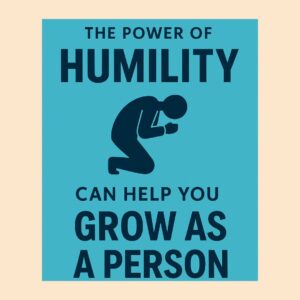The REOSTAR Listening Process: Structured Steps for Deeper Listening
We all want to support the people we care about—especially when they’re struggling. But too often, our natural instinct to “help” leads us to offer advice or quick fixes, which can unintentionally shut down conversation. What people often need most isn’t a solution, but to feel heard, understood, and emotionally supported.
That’s where deeper listening techniques come in. The REOSTAR listening process is a seven-step method designed to help you go beyond surface-level responses and truly listen to understand. Whether you’re working on coaching listening skills or strengthening personal relationships, REOSTAR provides a repeatable structure for meaningful, supportive dialogue.
This process is especially valuable within communication frameworks in Australia, where active, respectful listening plays a central role in building trust across both personal and professional contexts.
The REOSTAR Steps: Your Active Listening Guide
1. Recognise the Opportunity
Not every moment calls for deep listening. The first step is to recognise subtle cues—tone, body language, hesitation—that signal someone may be ready to open up. This awareness sets the stage for authentic connection.
2. Engage
Before diving in, take a moment to be fully present. Emotional connection starts with mindset. Prepare yourself to listen, not respond. Offer your full attention and empathy.
3. Open Up the Conversation
Create a safe, judgment-free environment that invites vulnerability. Use soft prompts like “Tell me more about that” or “What’s been going on for you lately?” to allow their story to unfold naturally.
4. Summarise and Ask Summary Questions
Reflect back what you hear to ensure you’re aligned. Paraphrasing builds clarity and trust. Use structured listening steps like:
“So what I’m hearing is…”
“Does that sound right?”
This confirms understanding and encourages deeper exploration.
5. Transition
As the conversation naturally shifts, be aware of when to move from listening to gently exploring solutions. Don’t rush—stay responsive to their emotional needs.
6. Actions
Only now is it appropriate to consider next steps. Even here, avoid prescribing advice. Instead, support them in identifying their own options. Be prepared to return to summarising if emotional reactions resurface.
7. Real-Issue Check
This final step often reveals the most important part of the conversation. Ask gently, “Is there anything else bothering you that we haven’t touched on yet?” This question often leads to the true heart of the matter—the issue behind the issue.
Why the REOSTAR Process Matters
The REOSTAR listening process isn’t just a communication technique—it’s a relationship-building tool. By applying these coaching listening skills consistently, you demonstrate presence, patience, and care. You move beyond reaction into intentional connection.
These communication frameworks offer a clear, practical way to deepen relationships, increase emotional safety, and create space for real conversations. Over time, you’ll cultivate a natural ability to listen to understand, and not just to reply.
Key Takeaway:
When you follow structured listening steps like REOSTAR, you create more than conversation—you build connection. Through consistent use of active listening guides like this one, you enhance your capacity for empathy, uncover hidden truths, and support others more effectively.






